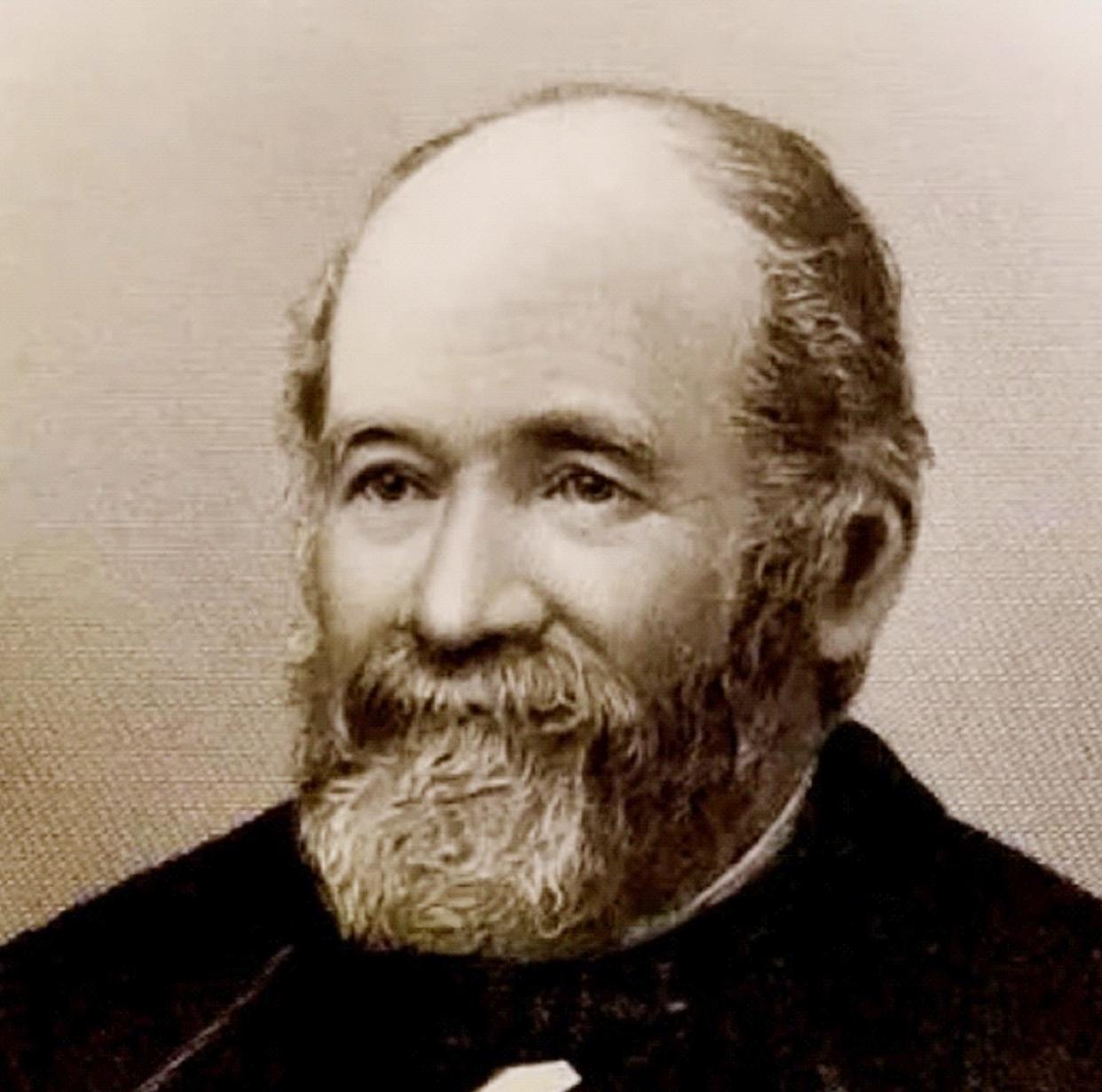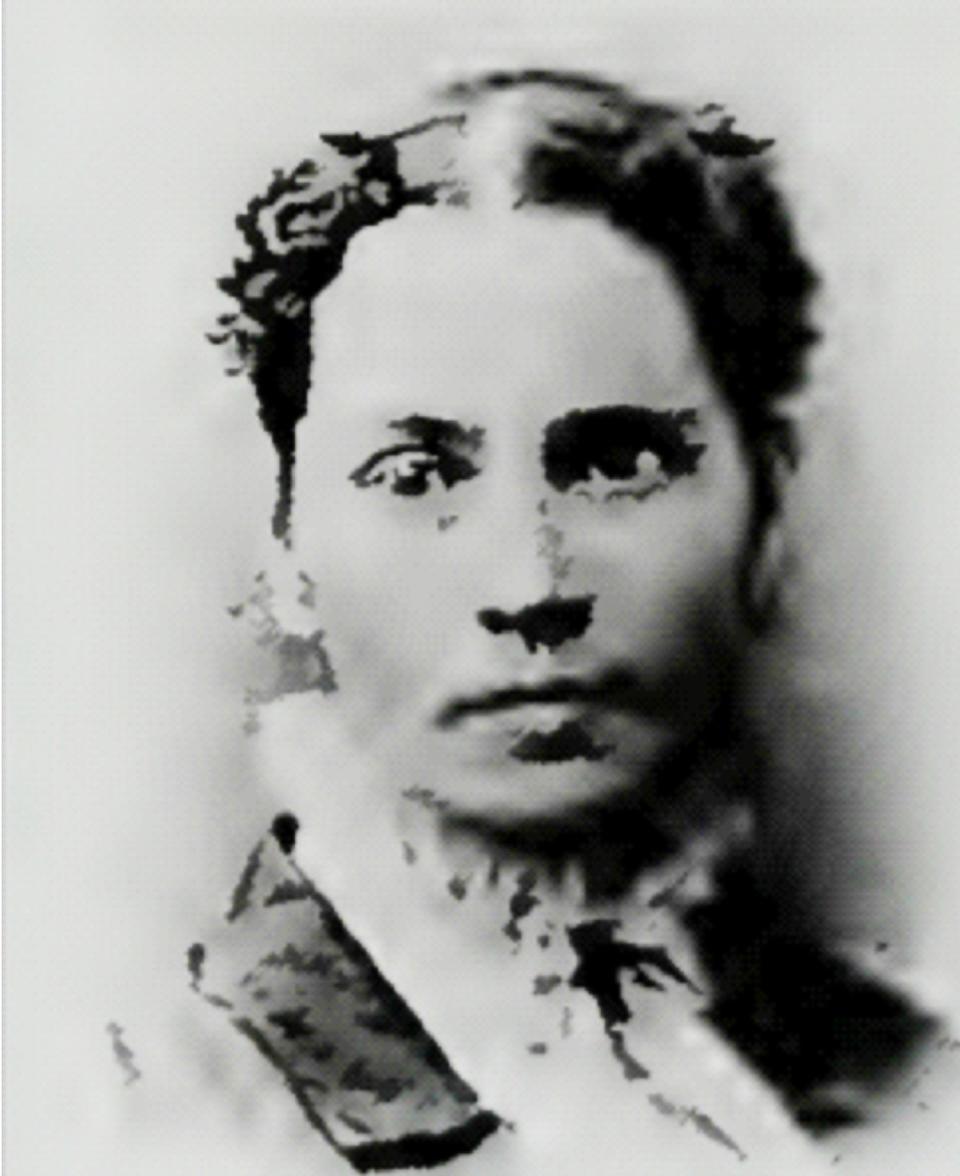Dale C. Maley: Dr. Miller and his role in founding Fairbury

- Oops!Something went wrong.Please try again later.
Dr. John Leland Miller was a farmer, physician, community planner, Robinson Crusoe, army major, surgeon, land speculator, and philanthropist. He and his wife Julia played vital roles in the history of Fairbury, Illinois, and Sheffield, Massachusetts.
John Leland Miller was born in Adams, Massachusetts, in 1813 to Caleb Miller (1786-1861) and Nancy Mitchell (1786-1850). Although John was sickly as a child, he was a bright boy who read widely. At the age of 17, John became a clerk in New York but was driven out by an outbreak of cholera. John then moved to West Troy, where he became a salesman. John eventually purchased the business of his employer. This first business purchase indicated that John would be a businessman and speculator for the rest of his life.
After the West Troy business burned to the ground, John began the study of medicine, attending a course of lectures at Woodstock, Vermont, and graduating from Berkshire Medical College in 1837.
With tireless energy, John traveled to New Orleans and became the surgeon of a surveying party at the mouth of the Mississippi River. He then moved to Pensacola, Florida. Sailing back to New York, however, disaster struck. Like Robinson Crusoe, John was shipwrecked on the rocky island of Gun Key in the Caribbean. Once rescued, John moved to practice medicine in Providence, Rhode Island. He was appointed surgeon of General John B. Stedman's brigade of state troops when they were called out to suppress the Dorr Rebellion.
Thomas Wilson Dorr led a rebellion in Rhode Island to change the state's laws. When General Stedman's troops approached, Dorr fled the area because he knew he would be defeated.
Dr. Miller resumed his medical studies and, in 1844, became a professor of anatomy and physiology at Illinois College in Jacksonville. Dr. Miller stayed for three years until he resigned his professorship to join the U.S. Army. He became a major and a surgeon who joined the army at Vera Cruz, Mexico. Dr. Miller was in active service until the close of the Mexican War [1846-1848].
After the Mexican War ended, Dr. Miller moved to Pittsfield, Massachusetts, for a couple of years. Dr. Miller then decided to go West again to Illinois. On Feb. 10, 1851, a new Illinois law was passed, which authorized the Peoria & Oquawka Railroad to build a new line from Peoria to the Indiana border.
In that era, individuals could purchase land from the federal government for $2.50 an acre. The farmland could be converted to city building lots if a new town was established. Speculators could make a great deal of profit by converting the inexpensive farmland into building lots.
Between 1852 and 1855, Dr. Miller bought four tracts of land totaling 400 acres in what is now the Fairbury area. Dr. Miller was speculating the new railroad might come through the property he purchased. Four other men, besides Dr. Miller, had the same idea of buying farmland that could be made into a new railroad town. These four men were Samuel G. Cone, David Magie, John Atkins and Caleb Patton.
In 1855, two years before the new railroad track was laid, Indian Grove Township became a hotbed of land speculation. The Chicago Weekly Tribune published a story about the land frenzy occurring down-state in Indian Grove Township. The Tribune recounted that Mr. J. Leland Miller had purchased 212 acres one year before for $12.50 per acre. Just one year later, Mr. Miller sold the land to Mr. John Cumston for $25 per acre. Mr. Miller had doubled his money in less than one year.
A few weeks before the new railroad crew reached what is now Fairbury, Caleb Patton purchased more land from Dr. Miller. To win the competition of which farm the new railroad tracks would be laid, Caleb Patton offered Octave Chanute, the railroad engineer, one-half of the new city lots if Chanute would run the route through his farm. Chanute wisely accepted the offer, and the new tracks were run through Patton's land that he had just purchased from Dr. Miller. The TP&W, the successor to the Peoria & Oquawka Railroad, still owns some Fairbury lots even today.
John Atkins was one of the farmers who lost out in the competition to have the new railroad run through their farm. Although Mr. Atkins lost this land competition, one could argue that he won on a bigger scale. Mr. Atkins had a daughter named Julia Atkins. In 1862, five years after Fairbury was founded in 1857, Dr. Miller married Julia Atkins. Mr. Atkins gained a very wealthy son-in-law from this marriage.

Julia Atkins was a fascinating woman in her own right. Julia's mother, Anne Alden, was a descendant of John Alden of the Mayflower. Julia was in the first class of Evanston College (now Northwestern). Julia was part of a group that included notable feminists and reformers. Family legend states that she arose each day to read the New Testament in Greek.
Shortly after Julia married Dr. Miller, the couple moved back to his home area in Sheffield, Massachusetts. With characteristic energy, Dr. Miller plunged into the life of the Sheffield community. He became president of the Housatonic Agricultural Society in 1876. They held Society meetings in his house on Miller Ave. Dr. Miller was a model farmer, and it was said that he never suffered "an obnoxious plant to grow on his place."
Addressing the Berkshire Farmers Association at the Miller House in 1881, Dr. Miller said that farming was the most critical industry in Sheffield. Dr. Miller bragged that his well-tended 150-acre farm was as profitable as his 1,100 acre farm in Illinois. A photo of him taken around that time shows Dr. Miller with a definite twinkle in his eye.
Like her energetic husband, Julia became very involved in the Sheffield community. She was the first president of the General J.G. Barnard's Women's Relief Corps, as well as being the vice-president of the Woman's Christian Temperance Union and clerk of the Sheffield Friendly Union. Dr. Miller and Julia had no children. Dr. J. Leland Miller donated $40,000 to Williams College in 1889. This donation would be equivalent to $1.1 million in today's dollars.
This article originally appeared on Pontiac Daily Leader: Dale C. Maley column on Dr. Miller and his role in founding Fairbury

